Cross-Curricular School Trip To Prague
Poignant historical monuments, museums and galleries combine with a thriving business centre. Prague makes a thoroughly interesting and intriguing destination for all school subjects.
Highlights
The rich history of the Castle District
The beauty and tragedy of the Jewish Quarter
Boat trip on the Vltava River
The enlightening Museum of Communism
Kelvinside AcademyVery good service and personalisation of our trip
Suggested itinerary
What's included*
*Please note, entrance fees where applicable are not included in typical price – contact us for more details
Recommended excursions
The Defenestration of Prague took place at this huge and ancient castle, an event that sparked the Thirty Years’ War, drawing many of the states of Europe into conflict and playing an important role in modern understandings of statehood. After touring the castle, students can reflect on the roots and possible causes of the conflict.
Take to the River Vltava for a most relaxing way to take in the sights of Prague. Choose from a traditional steamer or cruise boat for a view of the city from the water. The English translation brings the sights to life such as National Theatre, Prague Castle and Charles Bridge.
This magnificent 14th century stone bridge is the main pedestrian route connecting the Old Town with the Lesser Town and Prague Castle. During the day you can join the crowds watching the street performers and enjoy fairy-tale views of the city skyline. Early morning and evening are good times to come for a relaxing stroll and admire the bridge’s 75 statues.
Through the streets, cemetery and synagogues of the Jewish quarter, students find a diverse world of beauty and tragic history. Nothing highlights this more than the ornate Spanish synagogue, which was used in World War II as a repository for property taken from the Jews. It now forms part of the Jewish Museum and is a wonderful setting for classical concerts.
Take a private guided tour of the most interesting sights your destination has to offer. View and discuss significant buildings and trace the city’s development through its architecture. Explore unmissable attractions as your guide entertains and informs with colourful details that bring them to life. It’s a great way to gain a deeper understanding of the city.
See how this Czech favourite beer is produced, how it uses modern technological processes to adapt to its target market and how the business has grown internationally. The tour is automated, so there’s no guide, but it uses monitors, holograms and sound to tell the story of the brewery.
Understand more about life in Czechoslovakia and the city of Prague under the Communist regime. This centrally located museum covers topics of daily life, politics, history, economics, education, sport, and the arts. The museum also examines the institutions required to uphold the regime such as media propaganda, People’s Militias, the Secret Police, censorship, show trials and political labour camps.
The square was designed by Czech King and Holy Roman Emperor Charles IV in 1348 as part of the new town. The Square is now the commercial heart of Prague and has become the place where most demonstrations take place. Wenceslas Square was the setting for the declaration of the First Republic in 1918, the protests against the Soviet occupation in 1969 and the protest march in 1989 which led to the end of the Communist era.
Take a coach tour to the former fortress and garrison town of Terezin. In 1940 the small fortress prison was established here by the gestapo and in 1941 the town became the Jewish Ghetto and transit camp, Theresienstadt. The Ghetto Museum has a collection of artefacts from the camp and the whole site has been preserved to commemorate the victims of Nazi political and racial persecution during WWII.
To the North of Prague by coach is the village of Lidice. In 1942 the small village was destroyed on the order of Hitler as a reprisal for the assassination of the Nazi official Reinhard Heydrich. All the men were shot and women and children were separated and sent to separate death camps to be killed. There is a Museum and bronze statues depicting the 82 children who were murdered.
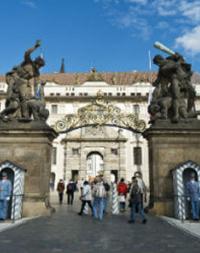
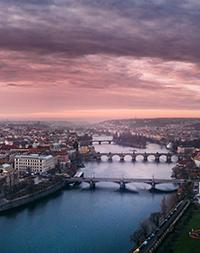
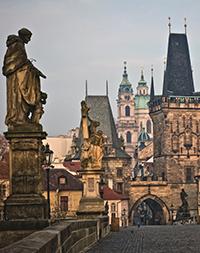
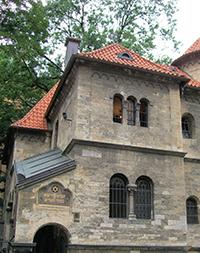
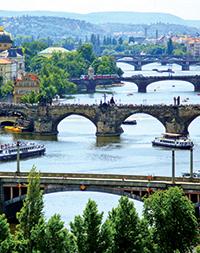
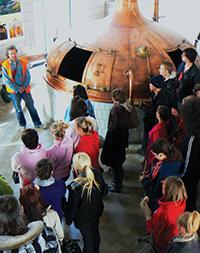
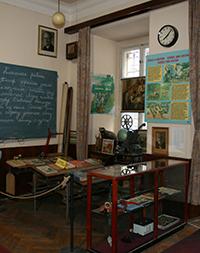
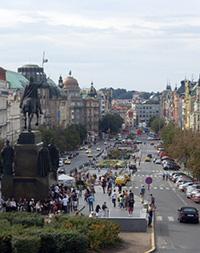
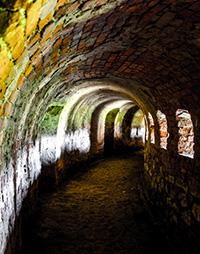
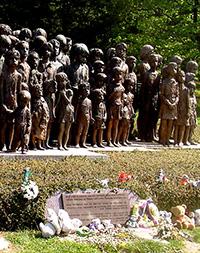
Typical accommodation
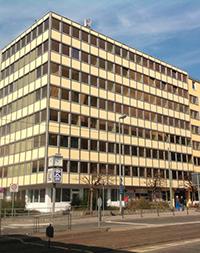
Why groups like it:
Facilities:
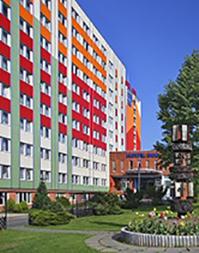
Why groups like it:
Facilities
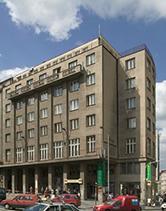
Why groups like it:
Facilities
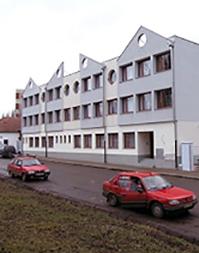
Why groups like it:
Facilities
Learning outcomes
Subject focus
Students can:
- Experience learning outside the classroom in another country taking in the language, culture, history, religion, art, architecture and geography
- Understand the history of Prague from medieval times to WWII, Communism and the Velvet Revolution
- Build confidence and learn to value the skills and techniques needed for personal and team success
- Discover, explore and have fun with fellow students and teachers
Student outcomes
Students will have had an opportunity to:
- Visit a foreign country and experience another language and culture
- Explore some of Europe’s important historical sites
- Ponder how the repetition of tragic events from the past can be avoided in the future
- Gain independence and self-confidence
- Strengthen existing friendships and make new friends
- Understand personal organisation, co-operating and working with others



